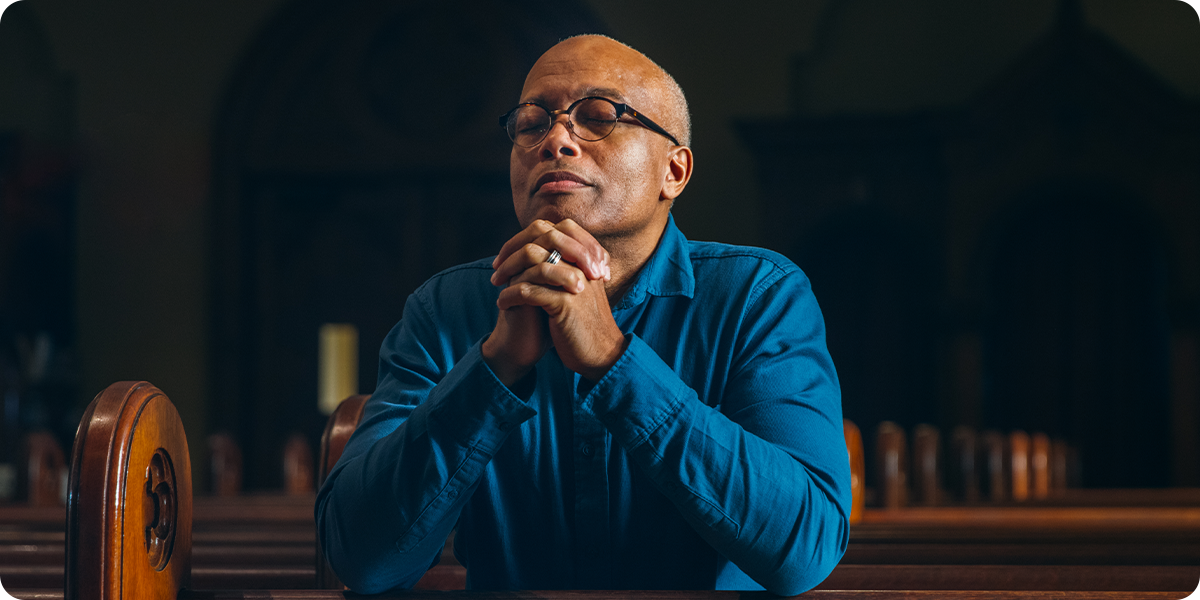

After the Our Father and Embolism, as The General Instruction for the Roman Missal says, “There follows the Rite of Peace, by which the Church entreats peace and unity for herself and for the whole human family, and the faithful express to each other their ecclesial communion and mutual charity before communicating in the Sacrament” (GIRM, 82). At this point in the Mass, the priest prays, “Lord Jesus Christ, who said to your Apostles: Peace I leave you, my peace I give you, look not on our sins, but on the faith of your Church, and graciously grant her peace and unity in accordance with your will. Who live and reign for ever and ever.” The people then reply, “Amen.”
What is true peace? Perhaps we could go to various definitions. Our Catechism says, “Peace is not merely the absence of war, and is not limited to maintaining a balance of powers” (CCC, 2304). The Catechism continues with a quotation from St. Augustine, who wrote that peace is “the tranquility of order” (CCC, 2304). “Earthly peace is the image and fruit of the peace of Christ, the messianic ‘Prince of Peace.’ By the blood of his Cross… he reconciled men with God and made his Church the sacrament of the unity of the human race and of its union with God. ‘He is our peace’ [Eph 2:14]” (CCC, 2305). As Edward Sri writes, “Many people seek the security and peace of this world, which is a peace based on success, on everything going well, on avoiding problems and suffering. But this kind of peace is quite fragile and fleeting… Christ, however, offers us a deeper, longer lasting peace—one that the world does not give. When we allow Jesus to be the foundation of our lives and live according to his plan for us, he gives us an internal, spiritual peace that can withstand life’s many disappointments, trials, and sufferings. This is the kind of peace of heart that also builds true unity within marriages, families, communities, parishes, and nations. And this is what the priest prays for at this moment of the liturgy” (A Biblical Walk Through the Mass, p. 130–31).

Hopefully, we have had moments of true peace in our hearts that remind us of how generously Jesus has loved us. For anyone who hasn’t, the gift of Jesus in the Eucharist certainly invites us to that peace for which we long. As we prepare to receive the Prince of Peace truly present in Holy Communion, perhaps it seems fitting that the Rite of Peace occurs at this moment in the Mass. According to Charles Belmonte, “When we pronounce our ‘Amen,’ we must realize that we are asking not only for our personal peace but also for peace for the whole Church... During the Last Supper, our Lord made his disciples aware of the importance of peace, the fruit of charity. Many times he spoke of unity, of the spirit of service, of humility, of charity. These are virtues and dispositions of the soul which can thrive only in an atmosphere of peace.” (Understanding the Mass, pp. 173–74).
So, without a doubt, peace is an ardent desire and need for us as Christian people. This is true at all times of our lives, but especially at the Holy Mass. In the Mass, there are many wonderful gifts and graces; we certainly are going to receive those graces more fruitfully if our hearts are at peace and open to Christ, as opposed to being distracted and upset over things that happen to us. This is most true when the time for Holy Communion comes. We are preparing to receive the most wonderful gift: we can’t have a distracted heart! So, we make sure, by a prayer and a gesture, that we really are ready to go forward to receive Our Lord.*

Fr. Guy Oury, reflecting on the Rite of Peace in the Mass, says, “Through the sign of peace, we ask for peace and unity within the Church, and beyond its visible boundaries, for the whole human family. And since in our gatherings we are a cell of the Church, we express our mutual love before receiving together the one Bread that makes us one. These are the two components of the rite: a prayer for the peace and unity of the Church and an exchange of the sign of fraternal converse, if not with the whole world, at least with our nearest neighbors” (The Mass, pp. 111–12). So, we aren’t just making sure things are ok with people in our pew; we are also making a symbolic gesture of peace for the whole world! Next week, we’ll take a look at some different ways to offer the Sign of Peace, and why this is not the time for “high fives” and making plans for later in the day!

1. Consider St. Augustine’s description of peace as “the tranquility of order.” Pray with a Scripture passage that describes the peace of the ordered city or kingdom of God, such as Isaiah 32, Isaiah 54, Psalm 122, or Revelation 21.
2. Peace is one of the fruits of the Holy Spirit which St. Paul lists in his Letter to the Galatians (5:22). Implore the Holy Spirit for this fruit in your own life and the grace and guidance to share this gift with others.
*Historical/liturgical note: For those looking for more historical background on the placement of the Rite of Peace at this point in the Mass, as Fr. Guy Oury indicates, it was historically at various places in the Mass. In his writings, St. Justin “places it immediately after the Universal Prayer (General Intercessions)... [S]uch also must have been the custom in Rome, from earliest times until about the fifth century. The Sermon on the Mount in St. Matthew says: ‘If you bring your gift to the altar, and there recall that your brother has anything against you, leave your gift at the altar, go first and be reconciled with your brother, and then come and offer your gift’ (Mt 5:23–24). Given these words of Christ, the offertory seemed the perfect moment for the sign of peace. But there was another consideration, one that made for a shift. The Our Father was a prayer of preparation for Communion and the next to the last petition, ‘Forgive us as we forgive,’ called for a gesture, a rite, a concrete expression. The Sign of Peace was clearly indicated, and transfer was made to its present place. Evidence suggests that this was done in the early fifth century” (The Mass, p. 111).